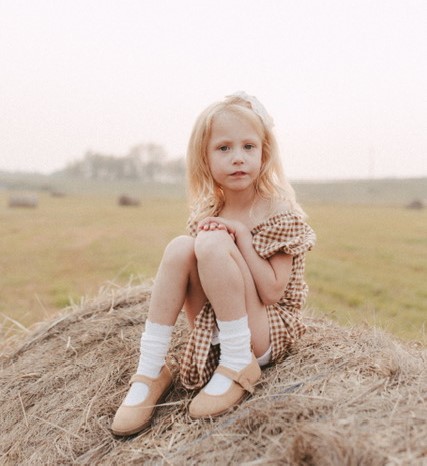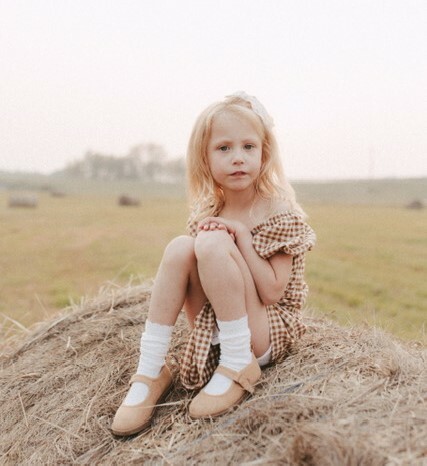Our Hospital, Our StoriesAvery's Story - More Than Care, Help Give Unit 36 the Space It Deserves
Posted on: Jun 19, 2025Unit 36 gave Avery and her family extraordinary care during a time of crisis—but the space itself also needs care so it can match the life-changing work happening inside.

When Anita’s five-year-old daughter Avery was admitted to Unit 36—one of the Child Psychiatry Units of the Child and Adolescent Mental Health (CAMH) Centre at the Royal Alexandra Hospital—her family had already spent months trying to make sense of a sudden and frightening change. Avery had been diagnosed with PANS/PANDAS, a rare and complex neuropsychiatric condition that causes abrupt shifts in mood, behaviour, and even physical health. The diagnosis came with fear, uncertainty, and a steep learning curve—one that left Anita searching not only for answers, but also for hope.
That hope came in the form of the care team at Unit 36.
CLICK HERE TO SUPPORT THE CAMH'S UNIT 36
For six months, Unit 36 became their home. During this time, through the uncertainty and emotional toll, one thing was clear: the care Avery received from the doctors, nurses, and staff was nothing short of extraordinary. Every person they met on the unit brought warmth, understanding, and determination. They didn’t just care for Avery; they connected with her. Their compassion and professionalism left a lasting impression on Anita and her family. This team consisted of people who truly wanted to be there.
“The staff and the team, everyone there wants the same thing; they want to help. You don't work there if you don't want to. They are just angels, all of them.” - Anita Braun, Avery's mother
But, while the level of care was exceptional, Anita couldn’t help but notice that the physical space itself did not reflect the same level of care and warmth. The team at Unit 36 worked tirelessly with what they had, but the unit lacked many of the modern tools and therapeutic resources that are so important for children like Avery. The playroom was well-loved but outdated, filled with worn-down and damaged toys. Tools for sensory regulation—so critical for kids in mental health crisis—were also limited.
Still, Anita did what she could for the space helping to care for her daughter. She offered to bring in volunteers to help fix up the toy room, suggested brightening the space with colour or art, and even proposed painting handprints on the wall to bring joy to children who spent weeks or months there. However, she soon discovered the complexities of change. Time and time again, she ran into barriers.
Today, Avery is still undergoing treatment. Her younger brother, Caden, has also been diagnosed and is now beginning a similar path. But through all of it, Anita continues to be guided by gratitude—for the staff, for the strength of her children, and for the hope that comes with progress. Her story, like so many others, is not one of despair—but of possibility.
That’s why Anita is now sharing her family’s experience in support of the Royal Alexandra Hospital Foundation’s campaign to enhance and renovate Unit 36. Not because the unit is lacking in care—but because it deserves to have the resources and environment that reflect the incredible work already happening inside. The team is delivering care that changes lives. Now the space must rise to meet that standard.
Unit 36 at the CAMH Centre provides specialized psychiatric care to children aged 5 to 11. These children are among the most vulnerable, and the support they receive can change the course of their lives, and the outdated space serves as their treatment area. The furniture is ageing. The atmosphere is sterile. There are too few areas designed to reduce stress or support therapeutic play. Research shows that the physical environment plays a major role in mental health recovery. Still, today, the layout and infrastructure of the unit fall short of the team’s high standards of care.
The time is now to create an environment that truly matches the extraordinary efforts of the staff who work there. It’s a chance to give children like Avery the kind of space that supports—not hinders—their journey toward wellness. Every child deserves to heal in an environment that is designed for their needs. And no family should have to face that journey alone.
I WANT TO DONATE TO SUPPORT CHILDREN’S MENTAL HEALTH
Thank you to all those who have generously provided support for families like Avery's.


